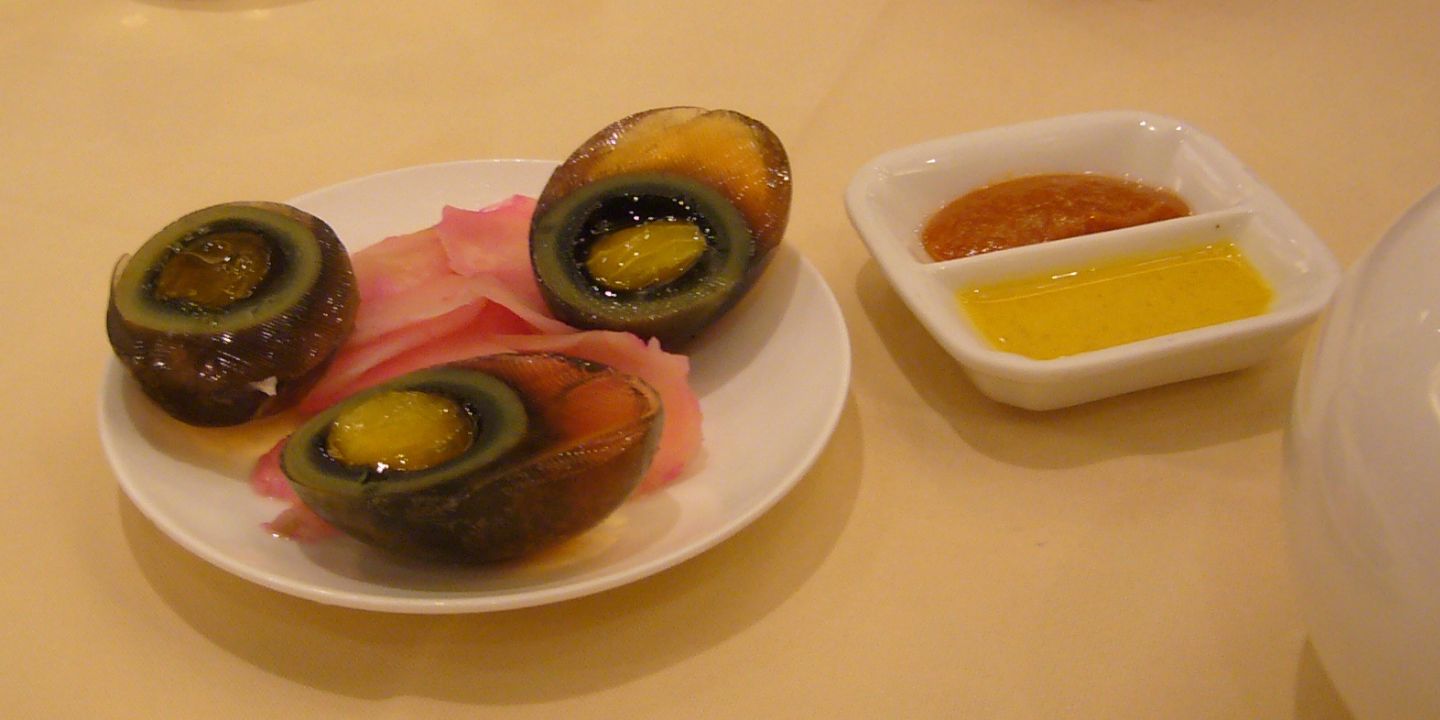How Certain Ingredients Redrew Maps And Rewired Tastes
Flavors can have a bigger impact than whole armies, and something as innocuous as a potato can set off seismic shifts bigger than any bomb. Throughout history, simple ingredients steered the course of entire empires, with spices like nutmeg fueling bloody wars and sugar plantations supporting entire economies. Food isn’t just food; it’s leverage, diplomacy, and survival. Some flavors soothed kings, others toppled them. Here are twenty ingredients that didn’t just spice up a dish but left permanent marks on the world.
1. Black Pepper From India
Believe it or not, peppercorns once served as currency. Roman soldiers were partly paid with it, and European nobles hoarded it like treasure. The Portuguese risked scurvy on long sea voyages to secure steady access to this tiny bead of spice.
2. Cinnamon From Sri Lanka
Cinnamon sailed out of Sri Lanka under guarded secrecy, with traders inventing wild stories about winged serpents guarding the trees to boost the value. Buyers in Europe believed it and paid accordingly for this sweet, woody, and almost floral spice.
 June Andrei George on Unsplash
June Andrei George on Unsplash
3. Sugar From The Caribbean
Sugar led to the enslavement of millions. Plantations in the Caribbean created fortunes and fueled whole empires, but at the cost of human lives chained to its production. Every spoonful of sugar carries the weight of that history, even if we forget it now when stirring coffee.
 Victoria Priessnitz on Unsplash
Victoria Priessnitz on Unsplash
4. Coffee From Ethiopia
Not so different from today, coffee was less about flavor and more about energy. Monks in Ethiopia chewed the berries to stay awake during prayers, and from there it spread until coffeehouses were the focal point of political conversation and social upheaval in Europe. Voltaire allegedly drank 40 cups a day.
5. Tea From China
Tea reshaped global trade, toppled dynasties, and, yes, eventually led to angry American colonists tossing crates overboard in the Boston Harbor in protest of the British monopoly on the tea trade within the colonies. It’s rare that a single drink can ignite both calm meditation and revolution.
6. Chili Peppers From The Americas
Before chilies arrived on their shores, much of Old World cuisine was mild. Within a century of Columbus, chili peppers had taken root in India, Thailand, Korea, and beyond. Try imagining Sichuan food or kimchi without that sting—it’s unthinkable.
7. Potatoes From The Andes
These knobbly root vegetables traveled from Peru to Europe and practically saved it from famine—at least until the blight. In Ireland, the failure of this crop created an exodus that reshaped the demographics of North America, literally shifting millions of lives across the Atlantic.
8. Tomatoes From The Americas
Once considered poisonous in Europe, tomatoes eventually transformed Italian cuisine. Try and imagine pizza without tomato sauce or pasta without marinara. Sometimes what seems dangerous just needs a few brave souls to prove it’s actually delicious.
9. Chocolate From Mesoamerica
The Maya drank it bitter, frothy, and spiced with chili. The Spanish sweetened it with sugar and turned it into a luxury for aristocrats. From sacred ritual to Valentine’s cliché go-to treat, cacao has had many iterations, but it’s always been regarded as something special.
10. Vanilla From Mexico
Few today appreciate just how rare and mythical this spice was until a 12-year-old enslaved boy on Réunion Island discovered the trick of pollination in the 1800s. Previously, it was harvested from orchids and pollinated by hand. This young boy’s discovery spread the spice worldwide.
11. Nutmeg From The Banda Islands
Nutmeg wars sound absurd until you realize whole fleets clashed for control of the tiny Indonesian islets where it was grown. The Dutch literally traded Manhattan to the British in exchange for a stronger nutmeg hold. The spice we now sprinkle on eggnog once dictated the division of whole maps.
12. Cloves From The Moluccas
Cloves were once so valuable that Europeans built entire fortresses just to control this sharp, medicinal, and oddly sweet spice. Its worth was measured not just in gold, but in the power and influence it could buy across continents.
13. Rice From Asia
Rice seems too basic to be revolutionary, yet it sustained entire civilizations. Flooded paddies across China, Vietnam, and India meant stability, population growth, and dynastic strength. When rice moved into Africa and the Americas, it transformed diets there too.
14. Salt From Everywhere
Salt doesn’t come with exotic mystique anymore, but it once fueled wars and tax revolts. Roman roads were built partly to transport it across their empire. Even the word “salary” comes from the Latin word for salt. It’s hard to imagine entire civilizations built around a mineral now sold in giant plastic tubs.
15. Olive Oil From The Mediterranean
Olives are bitter when they’re raw, but when pressed into oil they became liquid wealth. Greeks and Romans anointed gods, athletes, and bread with it. One taste of a peppery green olive oil and you’re tasting the same thing an Athenian did 2,500 years ago.
16. Corn (Maize) From The Americas
Corn traveled everywhere. From tortillas in Mexico to polenta in Italy to grits in the American South, maize adapted to every culture it touched. It’s so ingrained now that entire economies bend around it, and countless acres are devoted entirely to its cultivation.
 Samuel Agyeman-Duah on Unsplash
Samuel Agyeman-Duah on Unsplash
17. Whiskey From Ireland And Scotland
Whiskey shaped trade, tax rebellions, and even political identities. The American Whiskey Rebellion in the 1790s arose because farmers were so furious at the federal taxes imposed on their precious spirit. Prohibition tried to make whiskey illegal, but it simply drove its trade underground.
18. Curry From India
This spice blend was endlessly imitated. The British carried curry powder back to London, where it became a strange hybrid of authenticity and invention. Now curry is both global comfort food and a contested piece of culinary identity.
19. Sushi With Wasabi From Japan
Raw fish might’ve been vile elsewhere, but Japanese cuisine elevated it into an art form. When sushi spread in the 20th century, it rewired the global palate, teaching millions to appreciate flavors once considered too risky to enjoy and catapulting tuna fisheries into a billion-dollar industry.
20. Coca-Cola From The United States
Although neither ancient nor exotic, Coke has shaped the 20th century as much as any spice. The saying that in some parts of the world, it’s cheaper than water rings true. This one soda has become shorthand for American influence worldwide.

























